We would do well to learn from ancient civilizations, as so many of the things we take for granted today got its start in the old world. Civilizations ranging from the Greeks to the Egyptians contributed a mind-boggling amount of achievements and inventions to create the modern world as we know it. There are even people today who can’t imagine what it was like before the Internet!
However, there are very few that can match the achievements of the Mesopotamians. As one of the earliest civilizations, the Mesopotamians and their various achievements are credited to the ancient Sumerians of the Early Dynastic Period or the Uruk Period, ranging from 4100-2334 BCE. The Mesopotamians created many of the concepts we know today, and it’s always a good idea to study our roots and the history of all manner of inventions.
The Concept of Mathematics

It seems crazy to think that there was a time before mathematics, considering how deeply embedded it is in modern culture as we know it. When you think of the greatest mathematicians of the ancient age, it’s understandable to think about the Greeks or even the Egyptians. But well before Pythagoras reinforced his mathematical formula, the Sumerians were already using similar types of mathematics and geometry in various ways.
While it might be considered primitive by today’s standards, consider that the Mesopotamians lived thousands of years ago. The level of technology then makes it seem almost impossible that the Mesopotamians somehow figured out the ins and outs of mathematics and geometry. While technology grew at a rapid pace only a hundred years ago, let it be known that the creativity and innovation of the Mesopotamians paved the way.
The Concept of Writing
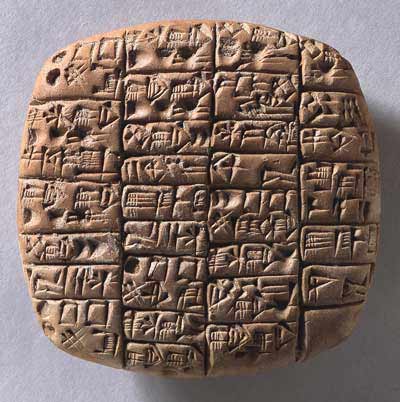
Believe it or not, there was a time when the very concept of writing something down was alien to people. The Mesopotamians did their best to live their daily lives, but it wasn’t easy to live a fulfilling life back then—especially without trade. It’s the reason why the Mesopotamians pushed for a system of writing well before most other civilizations. The primary reason for writing is that there needed to be some form of communication if there was going to be regular trading.
Civilizations needed to trade, as it was impossible to flourish without a system of trade. It’s the reason why the Egyptians built some of the first boats, as it made trading easier. In the case of the Mesopotamians, they invented the very concept of writing to help make trading easier. It’s an incredibly practical reason to invent something that everyone takes for granted today.
The Concept of Time
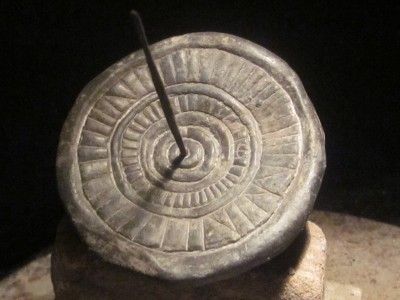
They say that the Sumerians divided a typical day into two phases. They divided it into 12 hours of light, and 12 hours of dark. They then took it a step further and divided each hour into 60-minute intervals. For those who aren’t yet convinced of the Mesopotamians’ innovations, they were able to develop the concept of time. The Mesopotamians used both sundials and water clocks to help tell the time, thus making it easier to figure out the right time for religious rituals, as well as figure out work responsibilities.
Can you imagine a time without, well, time? It’s not something that can be put into words, as time has always been a part of our everyday culture. The idea that the Mesopotamians managed to invent the concept of time is incredible, and it’s perhaps one of the greatest achievements of mankind outside of the discovery of fire.
The Wheel
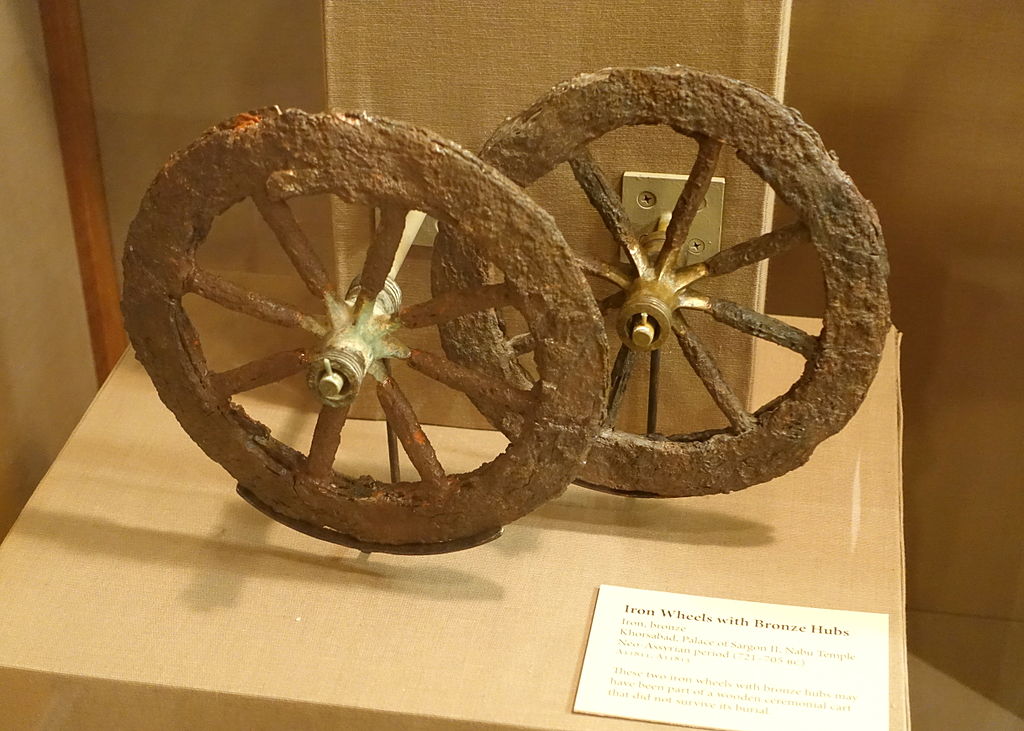
So far, we know that the Mesopotamians invented the concept of writing, mathematics, and time itself. Did you know that they’re also responsible for the invention of the wheel? Strangely enough, the wheel got its start in the production of ceramics—known as the potter’s wheel. It didn’t have a connection with transportation until much later.
The oldest wheel was actually found in Central Europe, but the Mesopotamians still invented the concept of the wheel much earlier. While the ancient Egyptians are responsible for the battle chariots, the first chariots were employed by the Mesopotamians, used by the wealthy as a form of personal transportation. Whether the concept of the wheel for ceramics or transportation, the Mesopotamians are responsible for both.
The Mass Production of Ceramics

The concept of the wheel started as a means to provide a potter with an easy way to make ceramics. Thus, the concept of mass-produced ceramics was born in Mesopotamia. It doesn’t seem like a very exciting development, but that couldn’t be farther from the truth. The idea of mass producing anything at all wasn’t yet concrete, and it’s likely even the Mesopotamians themselves were unaware of how much of an impact it would make.
The introduction of the potter’s wheel brought with it the mass production of ceramics, which meant it was easier for the poorer classes to get ahold of jars, bowls, and various other ceramics. Mass produced ceramics also offered plenty of containers for the military to hold their rations. It was surprisingly beneficial to the civilization as a whole.
The Concept of Cities
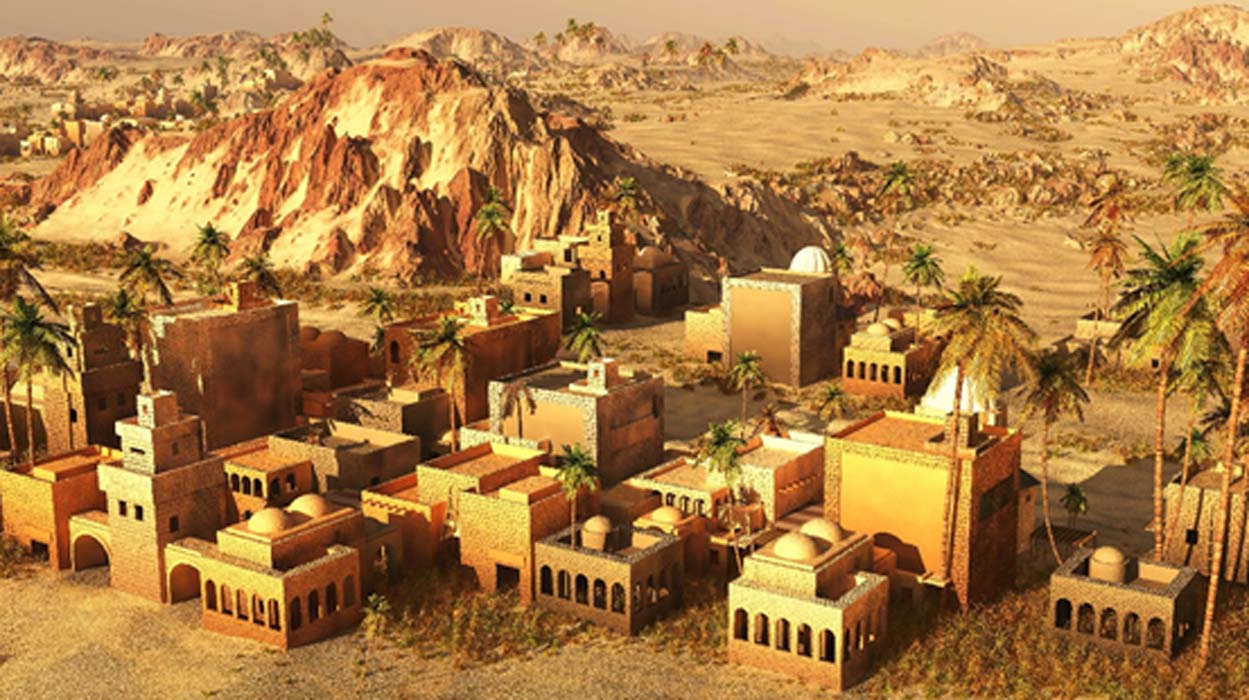
Yes, you read that right. The concept of cities—and the very concept of a true civilization—got its start with the Mesopotamians. During the Ubaid Period (5000-4100 BCE), mankind had started shifting from the hunter-gatherer settlement to something much more permanent. With the help of handmade brick, they built structures to use as homes, and started to build more as people gathered, eventually growing into something that can only be called a city.
The very first cities were in Mesopotamia, and the people started to get used to the idea of a dense population. Instead of people identifying themselves with their tribe based on certain characteristics, they started to identify themselves with their city. It was an incredible turn of events, and one that led to the start of massive civilizations.
The Concept of the Map
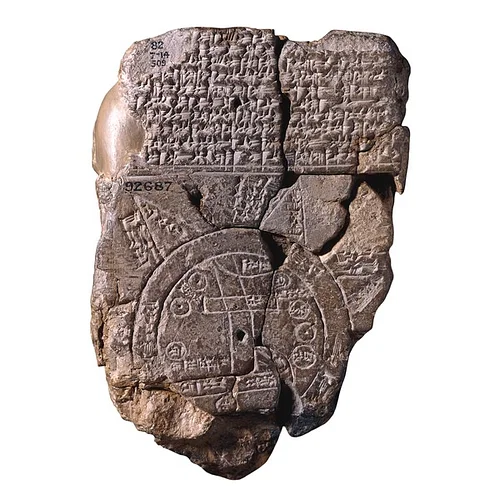
Naturally, with the introduction of writing and the growth of cities, people began to see the many benefits of long-distance trading. It would be an age of trading between faraway cities, which meant people needed better tools for navigation lest they get lost. The very first maps were made by carving images on various materials, or perhaps making impressions on clay tablets.
The very first people to use maps were merchants that rode their caravan from place to place. Eventually, maps were used by soldiers during military campaigns. They were also used by individuals traveling on personal journeys. As the first people to prioritize trading due to the growth of cities, Mesopotamians also created the first map.
Envelopes and Cylinder Seals

Most people will find that when it comes to the modern inventions of today, many ancient civilizations worked together to build some of the most useful inventions of the modern age. For example, the Egyptians were responsible for one of the most important writing materials of the ancient age, papyrus sheets. While the Mesopotamians used stone tablets and other materials, they were responsible for the invention of cylinder seals and envelopes.
To put things into perspective, the cylinder seal was made of semi-precious stones, and acted as a signature of the individual for documentation. It would act as their signature in legal proceedings or business arguments. Let that sink in for a second—especially when you consider just how old of a civilization Mesopotamia really is.
The Mass Production of Bricks
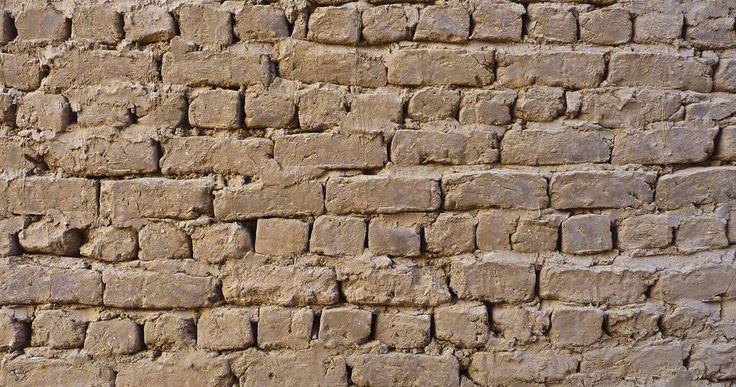
There’s no denying that brick making in the ancient world wasn’t easy. However, the Mesopotamians were able to slowly but surely build their homes with hand-made bricks, building to the point where the settlement could be called a proper city. However, when it came to the much larger structures (such as the ziggurat), there needed to be easier ways for laborers to get the job done.
Eventually, the Mesopotamians thought of using molds to help streamline the brick-making process. That way, even a single worker could start packing clay to make multiple bricks instead of just one.
The Sail

While the ancient Egyptians have the distinction of building the first boats, the Mesopotamians were never far behind. In fact, the Mesopotamians were the ones to discover the use of the sail, as well as to master it in long-distance maritime travels. This allowed the Mesopotamians to trade with both the Egyptians and the Indus Valley Civilization. As far as how they were able to figure out the benefits of the sail, it was likely that they observed the effects the wind had on a cloth hung to dry.
It’s amazing how the smallest things can lead to the biggest changes. A simple piece of cloth left to dry led to the mastery of the sail, and the opening of trade to faraway places.